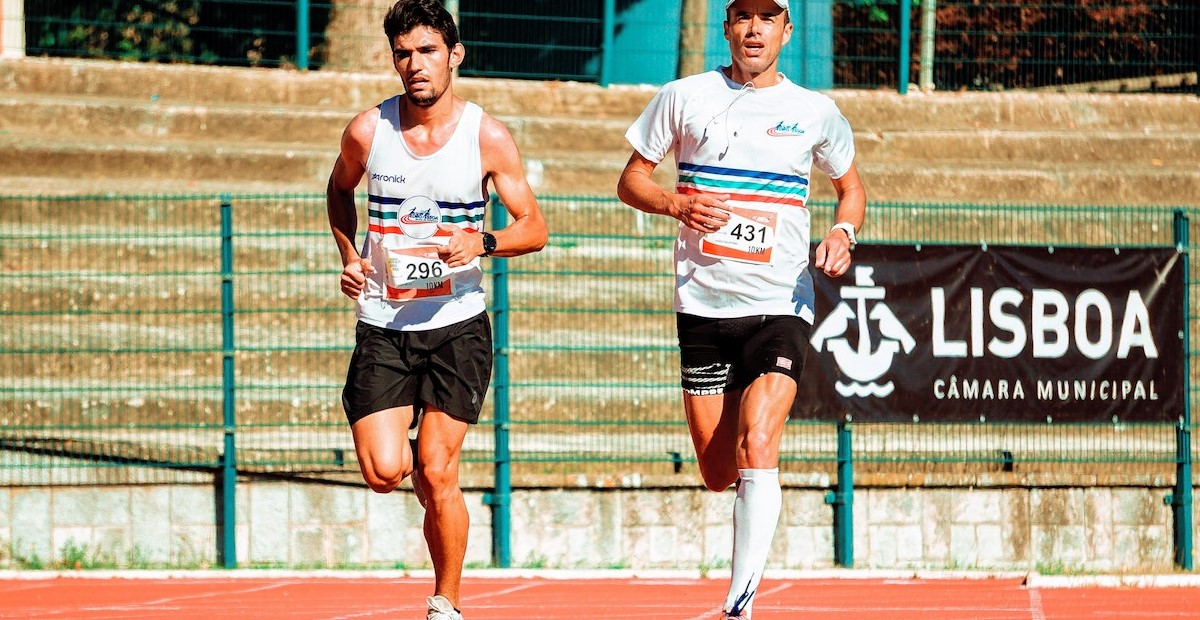
Contents
Improving race pace for race day and harnessing speed sessions to hit our goal pace… all for that 5k prowess.
Running a 5k in sub-20 minutes is not an easy thing to do. Sure, on paper, using techniques like tempo pace running, speed endurance and intense training sessions sounds obvious. But is it the same in practice?
To reach that target time you have to train hard, sure, but you have to train smart too. A training plan is absolutely the way to go about this, but just because you identify the best path doesn’t mean you’ll stick to it. Going at the same pace won’t cut it, both mentally and physically, so with these quick tips on improving your game, you’ll be racing ever quicker to improving that top-notch 5k time.
Let’s do away with a steady pace and level up today.
Crunch the numbers
If you want to improve your time then you might be surprised to hear that being exact with numbers is a great thing to do. Using figures and metrics like time and distance are super important in giving you direction. Check more out here, and do your own calculations to reach a better time here.
Interval work
Now you’ve got the data, how should you figure out the rest?
Using interval training is a great place to start. Known for building endurance and stamina, interval work helps with speed work and ultimately gives you more power. More power generally means more speed, but interval training helps with enduring speed for a longer time too.
Provided you warm up properly, you can use intervals for hill session training, hill sprints in general, resistance training and so on. This format is great for time improvement, so check out some more interval tips today.



Recovery
After using more intense techniques like interval training, or breakeven and breakthrough sessions, you might be relieved to hear that rest is super important. Tempo runs may be great for that target race pace, but if you can’t run because of your lacking regeneration, then all of those methods won’t mean anything.
Sleeping right, taking a break from hard training, eating the right food and all the rest are so vital for efficient growth. And if you’re ambitious and have the running bug like myself, then it can be oh so tempting to overrun.
Beyond that, remember that warming up is a vital part of the beginning of a session, but warming down is brilliant too. In fact, unwinding your muscles, giving more time for regeneration, is crucial if you want to get the most efficient recovery stints in your schedule and practices.
Conclusion
In summary, never forget that research is the key. Despite these tips being, of course, useful there’s so much more in the way of efficient growth. Reaching a sub 20 minute 5k is always possible, just put in the work (both at home and ‘on the track’) and you’ll be moving ever closer to that pivotal and impressive sub 20 time.
FAQs
If I run a mile slower than usual does that count as recovery?
Just because you aren’t going as strong doesn’t mean you aren’t going at all. Recovery is best achieved when properly approached and some gentle motion sessions can benefit you greatly on your rest days.
**Check out our new post: “How to run 5k in 25 minutes“